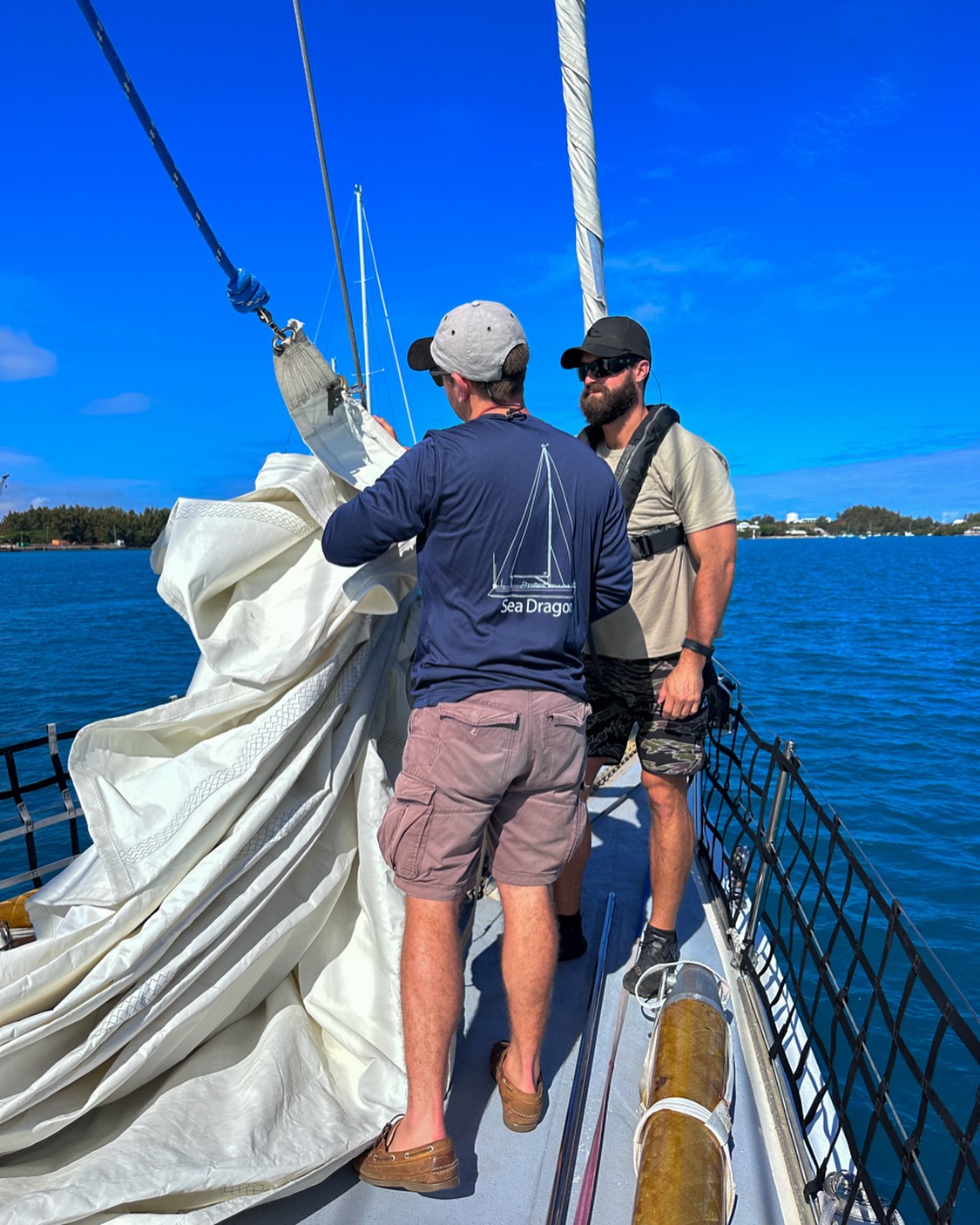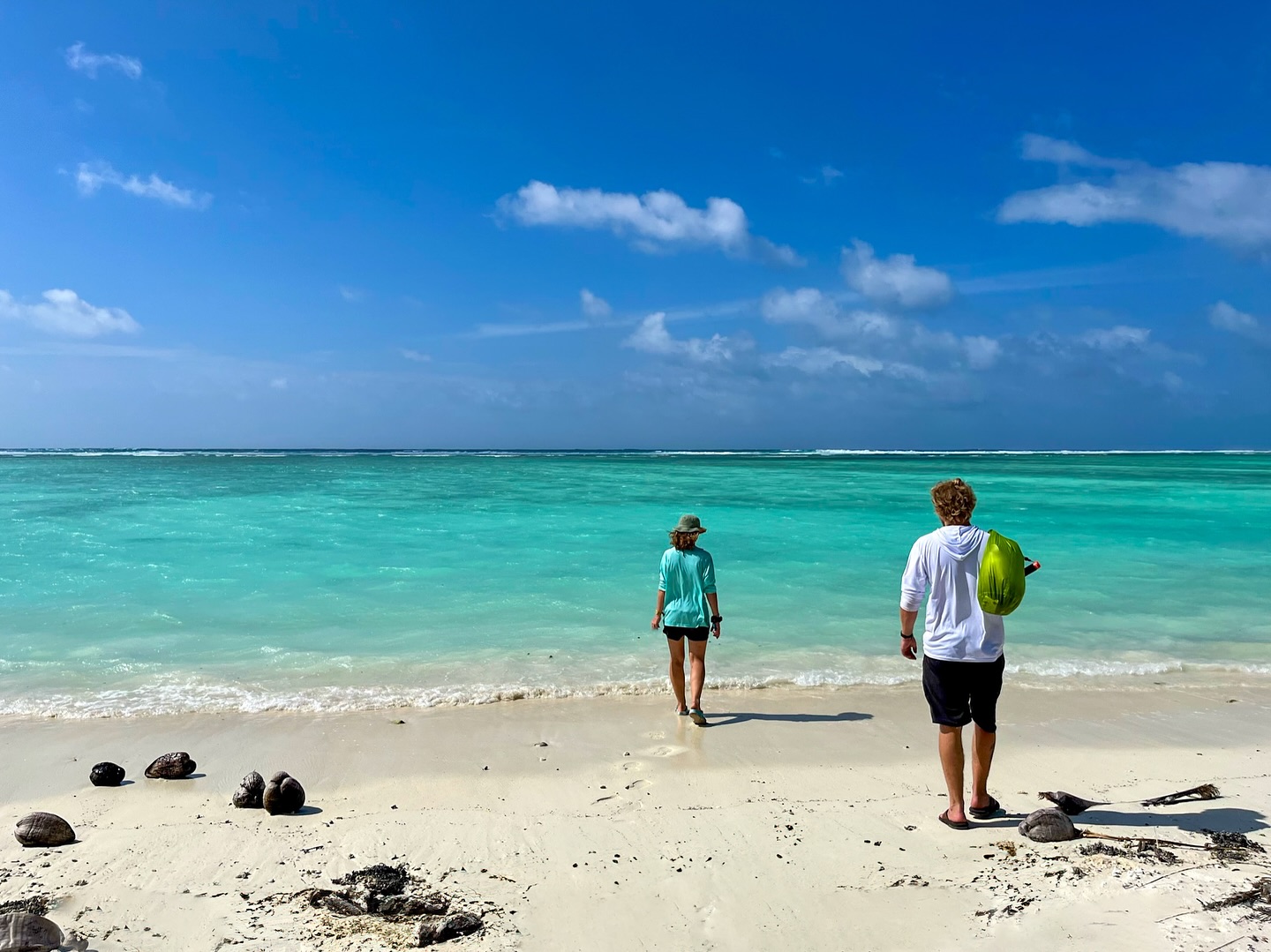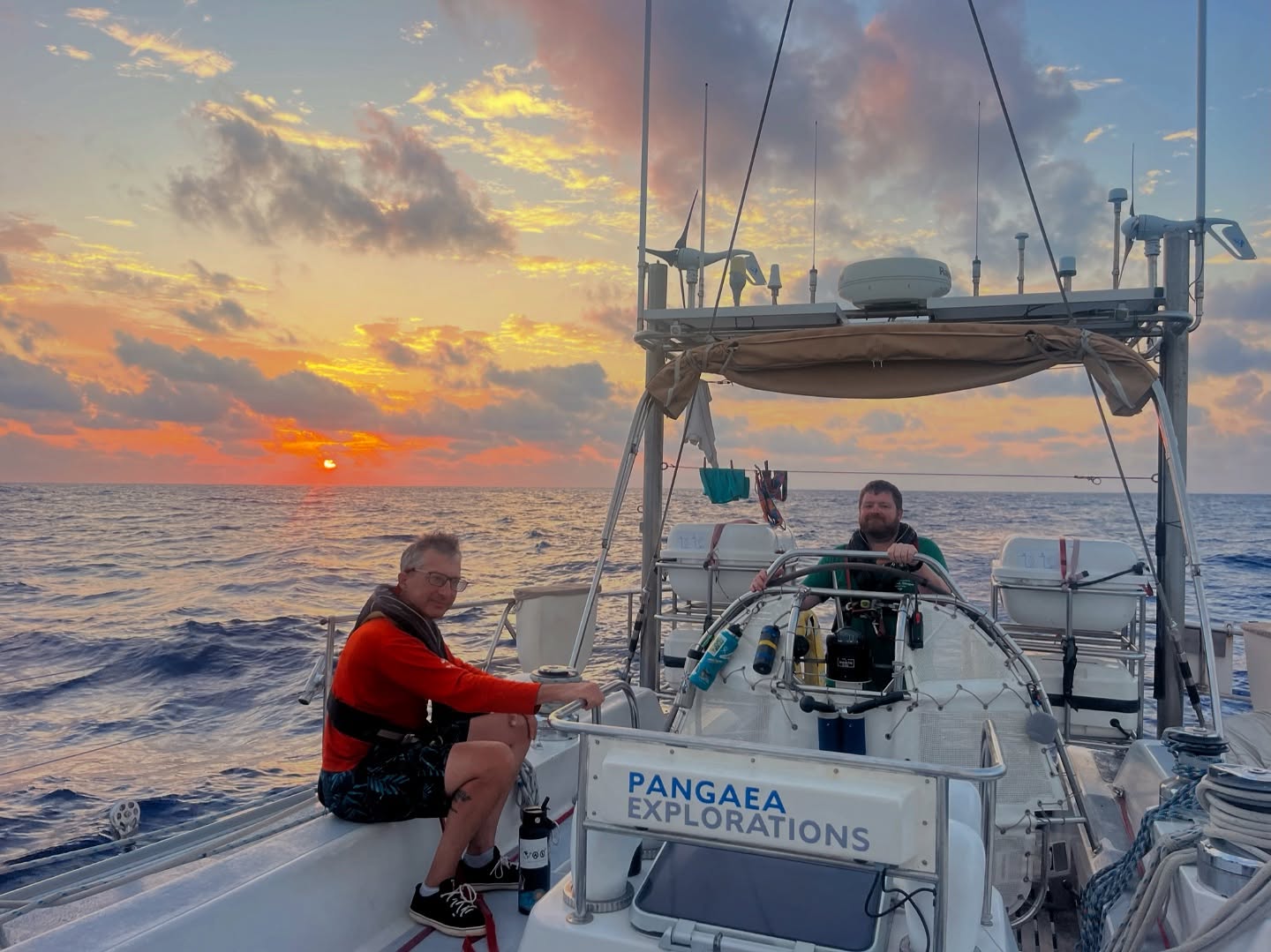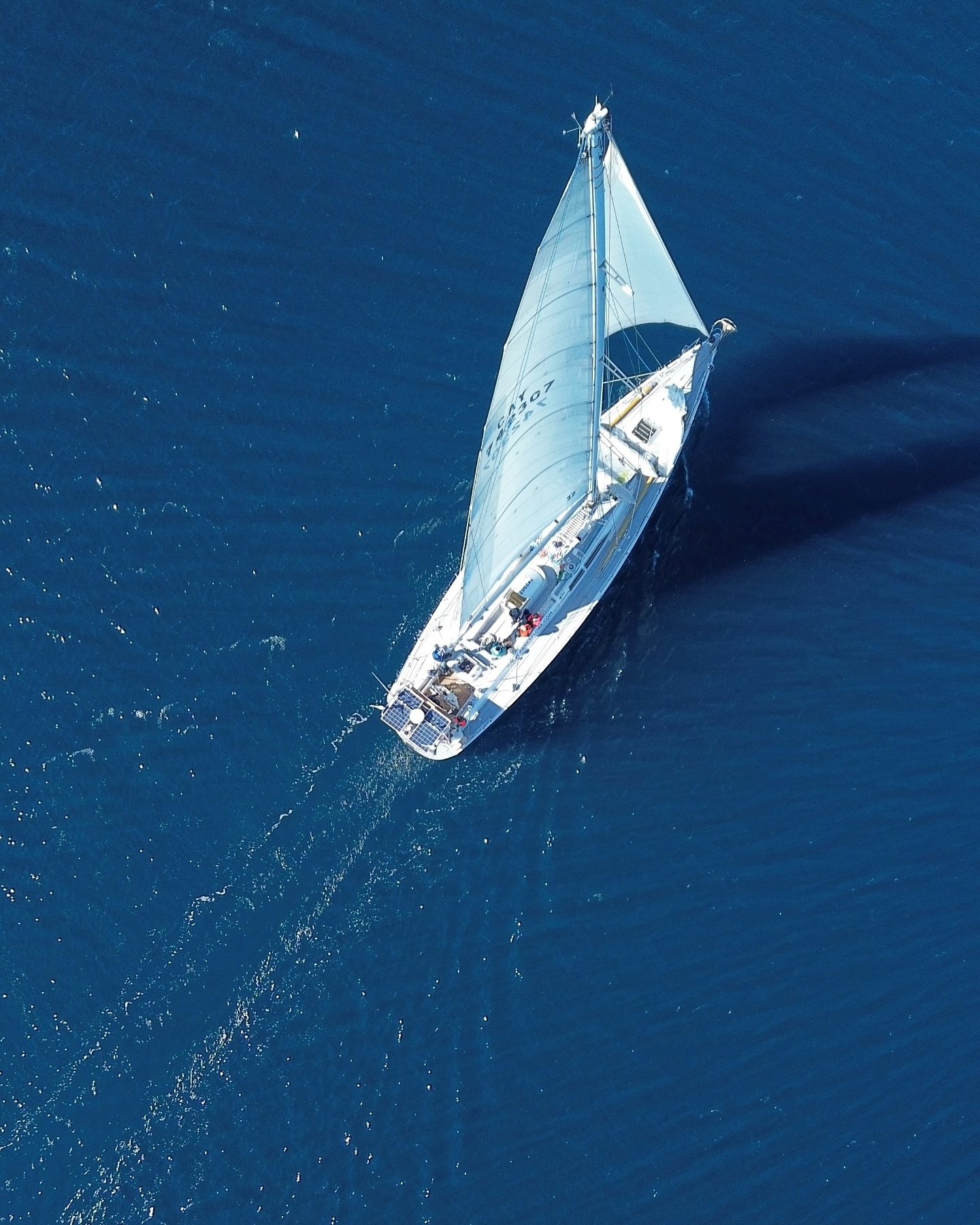The Hi-Speed Trawl, our original design for optimizing time at sea by collecting surface samples at 8 knots, has just come out of the water. We towed it for 55 nautical miles outside the accumulation zone of the South Pacific Subtropical Gyre. The result, two large visable fragments among a handful of small fish, jellyfish and other plankton. In the two weeks ahead we’ll travel through the center of the gyre, where we honestly do not know what to expect. We’ll be alternating between the Hi-Speed Trawl and Manta Trawl as we sail 1500 miles to Easter Island, and onward to Tahiti.
Compared to the other 4 large subtropical gyres, the South Pacific has the tightest vortex of swirling currents. That doesn’t mean our ship will get sucked under, rather plastic pollution and natural marine debris will be more likely to stall in the center of this gyre than others. This doesn’t mean there will be more plastic pollution here either. That depends primarily on coastal outputs. For example, the North Pacific Gyre is choked full of derelict fishing gear from East Asia, whereas the North Atlantic Gyre contains relatively more consumer products, like bottle caps, buckets, crates, pen caps, and a surprising number of shotgun shells. Simply put, what’s on your street, flowing downstream from your neighborhood,defines what’s in the sea.
We anticipate conducting 60-70 trawls in the coming weeks, giving us a snapshot of the abundance and character of the plastic pollution in this gyre, and hopefully there’s far less than we’ve seen in the other four.































